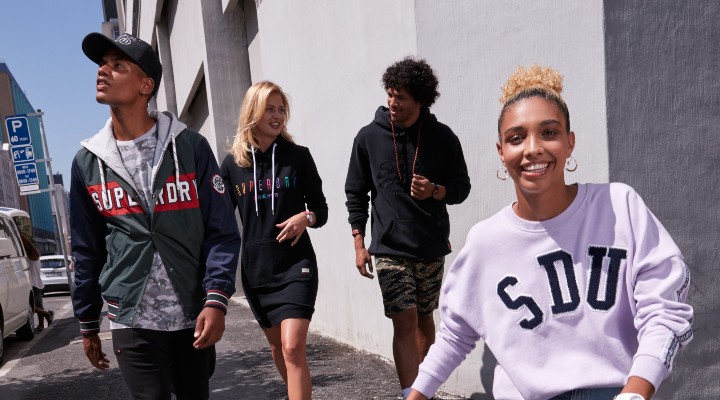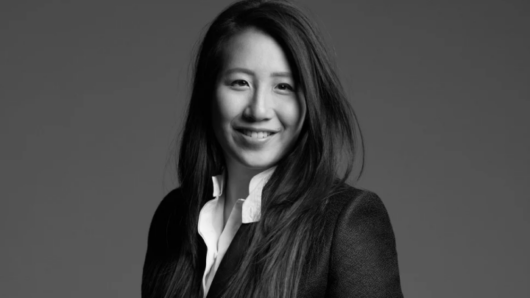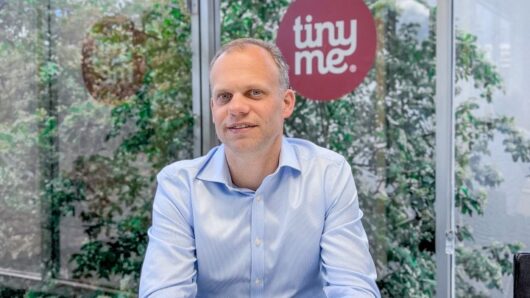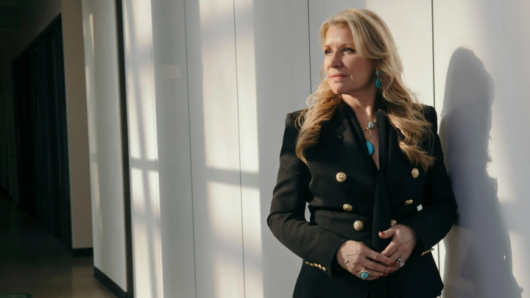If you think that being a buyer is involves having lots of fun while shopping, think again. Buyers need to know how to balance data and analytics with their instincts and nose for upcoming trends. Superdry’s head buyer for Australia and New Zealand, Stephanie Hazell, is here to set the record straight.
Inside Retail: Describe a typical day at work for you.
Stephanie Hazell: No two days are typical in this job, and I think that is part of the appeal! Things tend to operate seasonally, so I can tell you what I’ll be doing every January, or every July, but will never know what each day will bring. I am buying for Summer 2021 at the moment though, so we are fairly busy building the range for that period so we can get it completed by the due date. We are close to finishing, so today I was consolidating orders, rolling up the total spend and building some new reports to share with the wider business on what we bought and what the plan is for this time next year. Later on I will also jump on a call with the UK team to provide some feedback on the range that we have just bought. Another day though I might spend the whole day in store working with the VM team on the new delivery of stock, or the next I might be looking at the brand marketing strategy for an upcoming season.
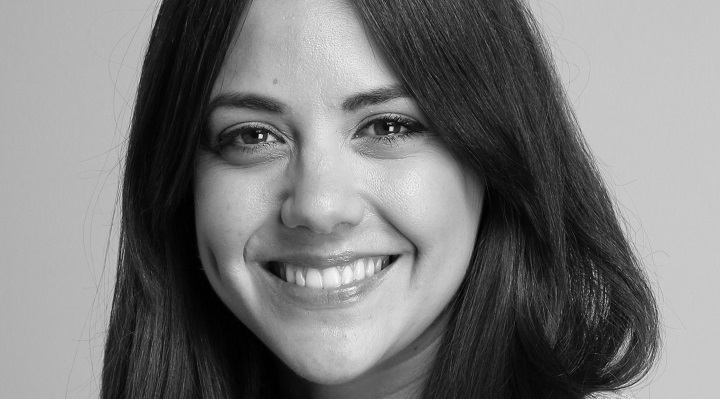
IR: Tell me about your role and what it involves.
SH: Buying is about getting the right stock in the right store at the right time, and you need to understand both numbers and how product looks and feels to get that right. It involves a lot of interaction with other teams in the business: from production and merchandise planning to buy the correct stock, to the visual merchandising and marketing teams to execute the right delivery to market, with countless others in between. Mostly though it involves a lot of sales data and numbers in spreadsheets. I think there is a common misconception that buying is mostly about just shopping around for fun things, but it is all sales and data driven, and you have to look at the right sales metric to get the right result.
IR: What were the previous roles you held prior to your current job? And what were the lessons that you learnt that you’ve taken into your current job?
SH: Prior to this role as a buyer, I was in a sales manager role, selling to department stores and other multi-brand retailers. And prior to that I was in a more production focussed role. The sales role taught me a lot about business and merchandise planning as I was analysing someone else’s buying, sales, merch plans and markdowns. It was my job help them get the right stock in at the right time, so it was an excellent introduction to buying. The production role was integral to forming an understanding of all the other teams in the business that I work with and the back end of everything that we buy and sell.
IR: What do you love about your role?
SH: I love the balance of art versus science, that you need to think financially as well as creatively to understand the customer or interpret the data. The travel element is a big drawcard for me too, I love being paid to travel internationally to visit Superdry HQ, or domestically to see our stores.
IR: In recent years, there’s been a lot more talk around the use of data analytics to help with things like ranging and forecasting trends. What are your thoughts on that and how has that impacted your role?
SH: I think any data that aids in making more accurate decisions is welcome and will only help to improve productivity in any business. The sales aggregate tools that are around now that collect pricing and trend data from websites are revolutionary, and they help to mitigate the misinterpretation and mistakes that come from traditional comp shopping. Having said that, I think there will always be a role for a human to interpret the data, because analysis paralysis is real, and trends come from a feeling as well as a forecast.
IR: What are some of your favourite retail brands and why?
SH: I always love walking in to an & Other Stories or Anthropologie store when I travel. They both emulate their brand from top to toe, the in-store experience is always the same as the last time I was there, and I always want to touch everything and buy things. Locally, I can’t go past a Mecca store without walking in, no matter whether I need something or not. They too have nailed their in-store experience, and they still have an obvious brand identity while being multi-branded retailer. Being in there is like being a kid in a candy store, even the staff seem like they’re having the best time.
IR: If you could give advice to anyone who would want a role like yours, what would it be?
SH: You need to learn to think like the customer and not like you! You’re not buying what you want, you’re buying what they want, and often that goes completely against what you like. It sounds obvious but when it comes down to decision making, it takes time to learn to think that way.
Also, there are glam parts or the job, and there are not-so-glam parts, and while obviously the not-so-glam parts aren’t ideal, they teach you a lot more about the way the business works and help you become a better buyer a lot more than the glam parts do.

